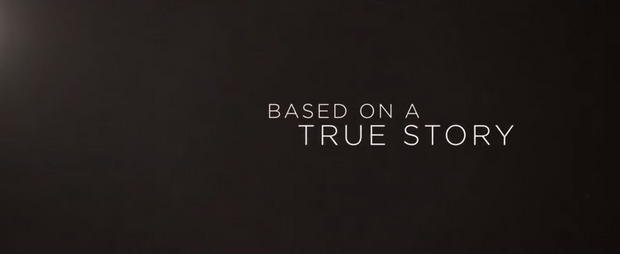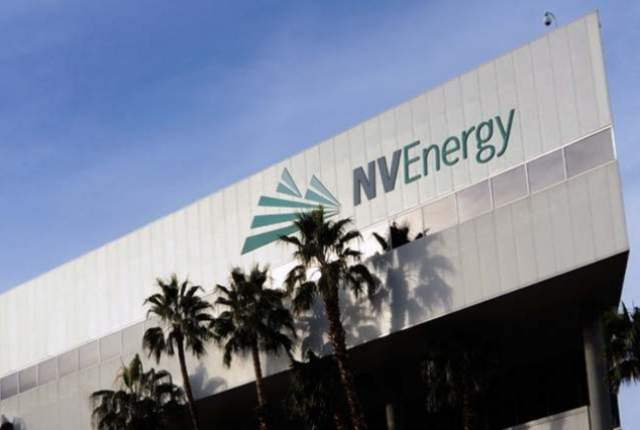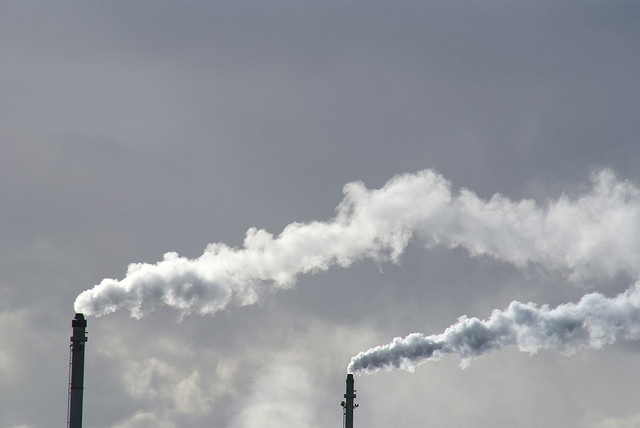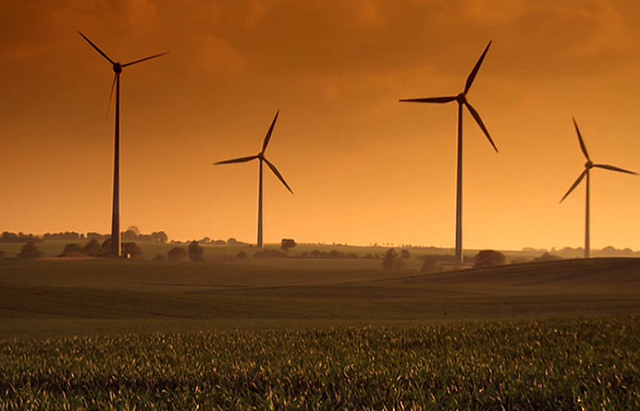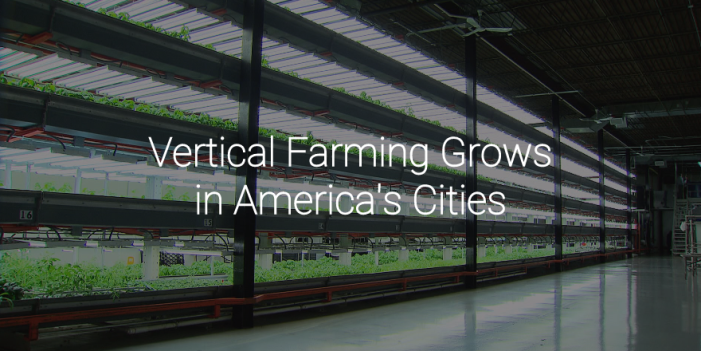
The future of farming could very well be found in America’s largest cities, and it’s all thanks to vertical farming. Vertical farming takes farming and puts it inside massive glass houses that could easily look like an office building. The process grows plants hydroponically, or without soil. The plants are then given ample amounts of artificial light to grow under. The process isn’t so new, but it has recently gained momentum in parts of the world–America’s cities included.
There are many alluring traits to vertical farming, including the ability to grow crops at a much faster rate than traditional farming. With new advancements in vertical farming technology, a number of advocates believe that this will be the standard by 2050.
With land for farming growing scarce and vertical farming moving towards a productivity rate 100 times better than the field, these cities have become the latest to jump on the bandwagon.
Buffalo, New York
After just a few months of work, Vertical Fresh Farms has 600 heads of Romaine lettuce to account for. “We want to try to provide produce to people locally,” Co-owner Jeremy Witt told ABC 7. “We were really discouraged that a lot of our produce comes from 1,500 miles away.” Additionally, the Vertical Fresh team uses aquaponics to create fresh water and nutrients for the plants and koi fish used in their process.
While the operation is small at the moment, the local press aren’t the only ones looking to work with the fresh farm. The group has spoke to local businesses in the region about possible partnerships. It has a ways to go, but this could become a significant trend for the often frozen Buffalo region.
Detroit, Michigan
As Detroit continues its climb out of disaster, the city has taken on several new endeavors to lure youthful, artistic and eco conscious people to the city. Now, the urban farming community has taken notice. By taking remnants of the city’s past failures, mainly its abandoned buildings, the city’s farmers have repurposed the structures to become the epicenter of Detroit’s vertical farming.
“It doesn’t necessarily take a huge building,” Ron Reynolds, one of the partners in Green Collar Foods, said to the Capital Press. “You don’t have to go to the city and say, ‘I’d like that 50,000-square-foot building.’ Effectively in 400 square feet you can have three stories up. So a lot of the buildings begin to open up for viability.” The city’s Brightmoor district is known for its stretch of abandoned buildings, which has made it the ideal location for the farming boom to begin. Those involved in the process take pride in ecological benefits that include reduced water use and less carbon outputs. Best of all, the region is eating directly from the contributions of its reemerging city.
Newark, New Jersey
Newark is a city that has long felt the pain of dying industries and lack of opportunities. Now, New Jersey’s largest and hard struggling city will house the world’s largest vertical farming center. Recently announced, the city a $30 million partnership with a group of investment and farming groups to revive the city’s East Ward. Not only will the venture bring fresh crops to the city, it will also bring jobs and hope.
“Newark is increasingly becoming a destination city for high-tech and environmentally-friendly commerce,” said Mayor Ras Baraka. “It will also expand the role of urban farming and locally-produced vegetables in our city. This will provide greater access to healthy and inexpensive food choices for our residents, helping them live healthier lifestyles.”
No timetable has been set for the project, but the initiative is sure to bring a new meaning to “The Garden State” once completed.
Jackson, Wyoming
As Fast Company Exist explains, Jackson is far from the ideal farming destination. With short growing seasons, high altitude and months of snow you’d be a massive risk taker to try your hand at traditional farming in the region. But that’s in the traditional sense.
Now, just like Newark, Jackson is gearing up to become one of the first vertical farming centers in the world. Unlike Newark’s East Ward, Jackson’s endeavor will convert an empty lot into a three-story greenhouse for local farming. “We’re replacing food that was being grown in Mexico or California and shipped in,” explains Penny McBride, one of the co-founders. “We feel like the community’s really ready for a project like this. Everybody’s so much more aware of the need to reduce transportation, and people like to know their farmer and where food’s coming from.”
Adding to the increased interest, the town will hold a stake in the project as it is being built on city land. With five years of planning with the city under its belt, the project looks set to go. The project expects to produce over 37,000 pounds of greens, 4,400 pounds of herbs, and 44,000 pounds of tomatoes in a year.



